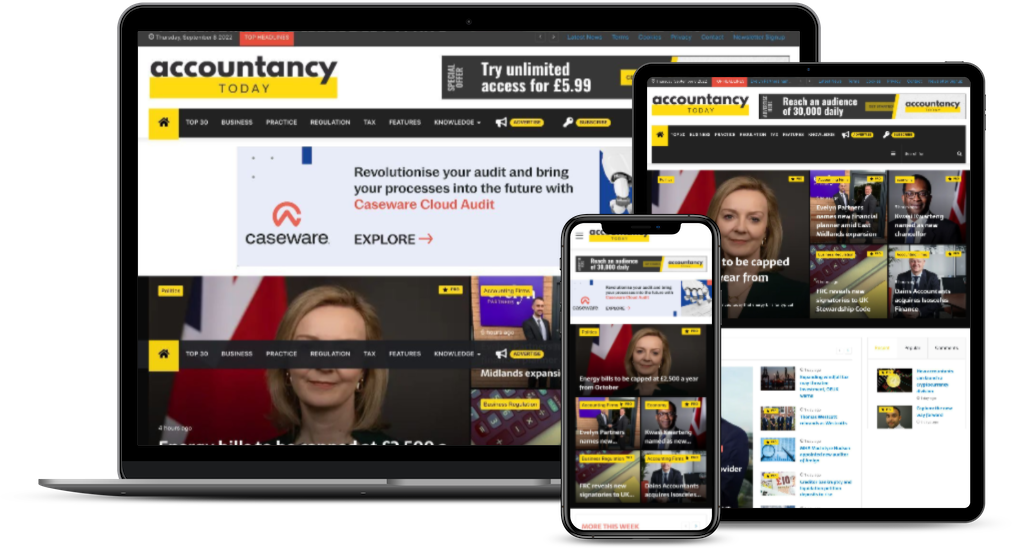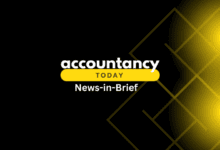
The basic fundamentals of R&D tax relief claims are fairly easy to understand but there’s a reason most accountants pass on doing it themselves.
Like many areas of tax, complexities abound and there are some traps that seem to snare well-intentioned accountants and company directors again and again.
Here, we’ll cover some of the problems that stop many claims in their tracks and examine how they can be avoided.
The wrong accounting treatment is used
Picking your way through the obscure rules of tax claims can be like walking through a minefield.
R&D tax relief claims can only be made for qualifying costs that are revenue expenses — costs used to generate revenue in the short term and expensed in the same accounting period as the purchase. Claims cannot be made for expenses that are capitalised — added to the cost of a fixed asset and paid for over a period of time via depreciation.
This rule was relaxed in 2005 to allow costs capitalised as Intangible Assets to also qualify, but those allocated to Tangible Assets are not permitted for R&D tax relief.
Paying subcontractors
We occasionally see issues when subcontractor services are paid for ‘in kind’, where they avoid incurring a cost by receiving a reduction in a future sales price, a royalty or even shares in the company.
While this may make commercial sense, it will prevent the subcontractor’s time from being included in the R&D tax relief claim.
Grant funding
Grants do not preclude R&D tax relief claims, but it may push the claim into the less generous Research and Development Expenditure Credit (RDEC) scheme used by larger corporates.
One disadvantage is that RDEC claims do not allow costs to be claimed if the subcontractor is a company, which most will likely be.
Firms that rely heavily on subcontractors for their R&D should weigh the pros and cons of using this funding method prior to applying for the grant.
Staff salaries
It can be commercially beneficial for some staff to avoid drawing a salary during the early stages of R&D, but it will reduce the amount that can be claimed because any compensation received will not qualify for relief.
Dividends do not qualify either, so it may be better to receive a salary instead, but remember to always take tax advice before altering your remuneration structure.
These issues will become more prevalent in April this year when HMRC introduces the PAYE cap for loss-making companies.
Expenses
A quirk in the rules means that reimbursed expenses that relate to R&D such as travel costs can be claimed, but not those that are paid directly by the employing company.
The relief is only available to entities subject to Corporation Tax, so sole traders or partnerships may wish to consider incorporating, otherwise they cannot claim. Once again, there may be valid commercial reasons why not to incorporate.
Similarly, we have seen claims where costs are incurred as an individual even though there is a company in situ, and this has prevented those costs forming part of a claim. You should ensure the costs show correctly as accounting entries through the company’s books, whether or not it is trading. A claim can still be made for pre-trading companies.
Record-keeping
HMRC does not expect companies to keep separate R&D costings in order to make a claim, but there are a few techniques that will help maximise a claim.
Larger entities, or those with previous R&D tax relief claims, may be expected to keep improved R&D records. This would not necessarily require a new book-keeping system, but could involve keeping timesheets for R&D projects, or posting materials invoices to a job costing system that relates to a particular project.
The more accurate the records are, the more robust the financial aspects of a claim, and the easier it is to deal with any HMRC enquiry.
Estimating staff cost percentages for the time spent on projects can be one of the most difficult challenges for new claimants. The Catax Apportionment Tool (CAT) can help clients estimate this figure, and can suggest increases or decreases based on industry averages from our historic data.
Don’t forget there is always an element of administration and maintenance that attaches itself to R&D work too. This is called Qualifying Indirect Activity and, even if a timesheet system is adopted, these costs will usually need to be extracted separately for the claim.
Keeping track of capital expenditure is also beneficial in assisting with a Research & Development Allowances (RDA) claim.
The very least we want to see are payroll records and example invoices for materials, subcontractors and software, plus copies of expense claims for reimbursed expenditure.
There is no one-size-fits-all to R&D record keeping, but the more a client can do, the more accurate the claim will be and the faster your adviser can process it.
Nigel Holmes, head of R&D Technical Operations at specialist tax consultancy Catax









